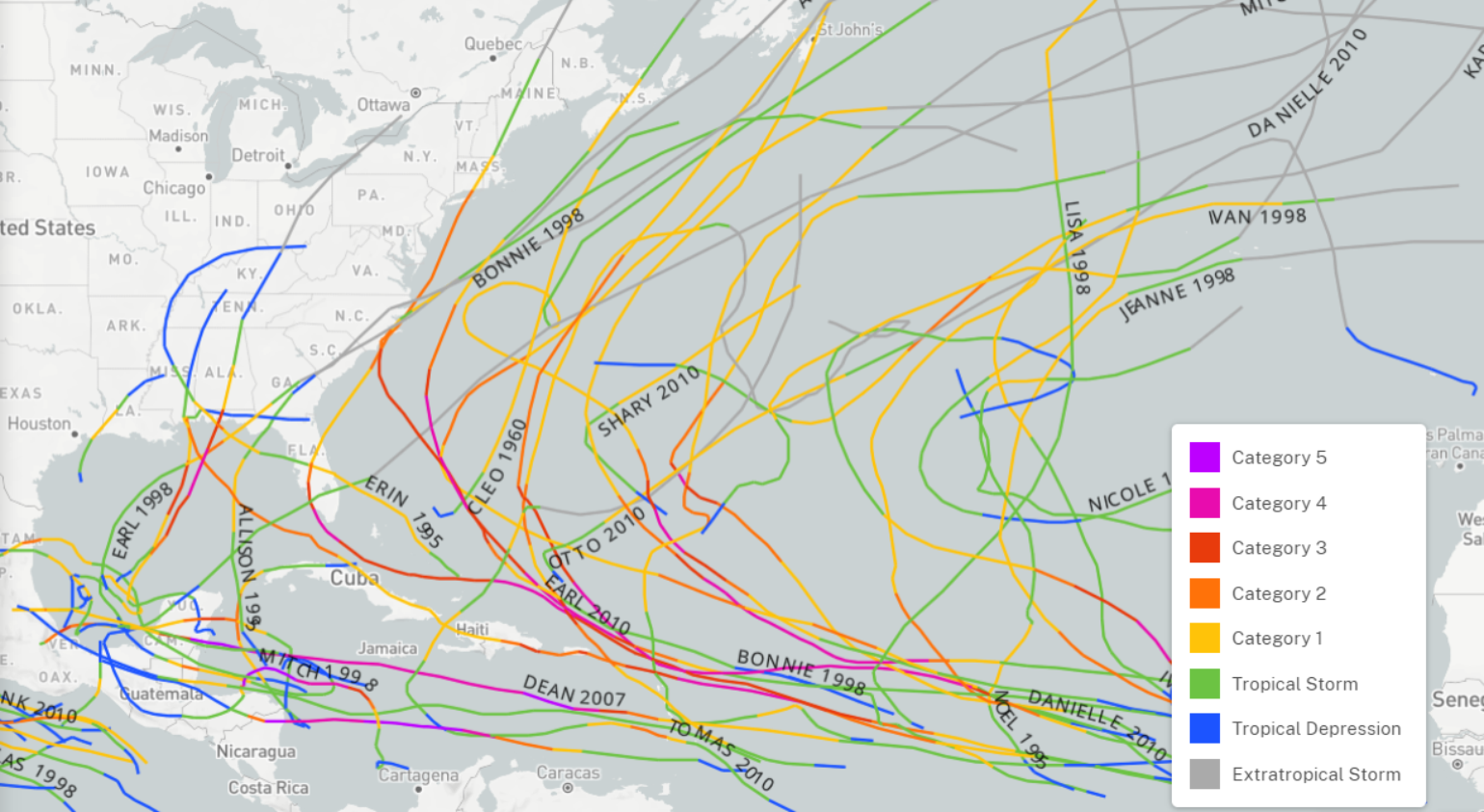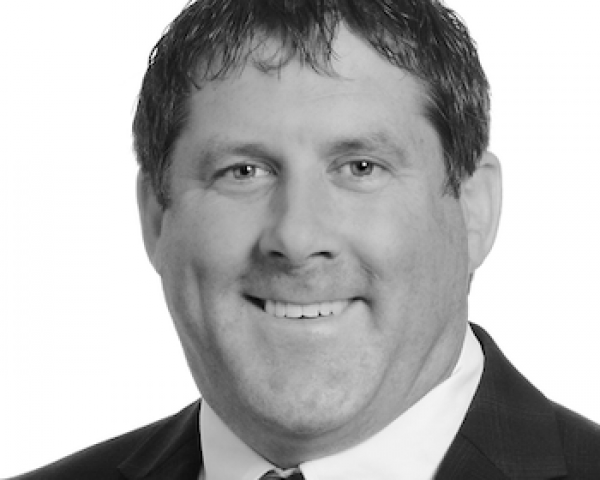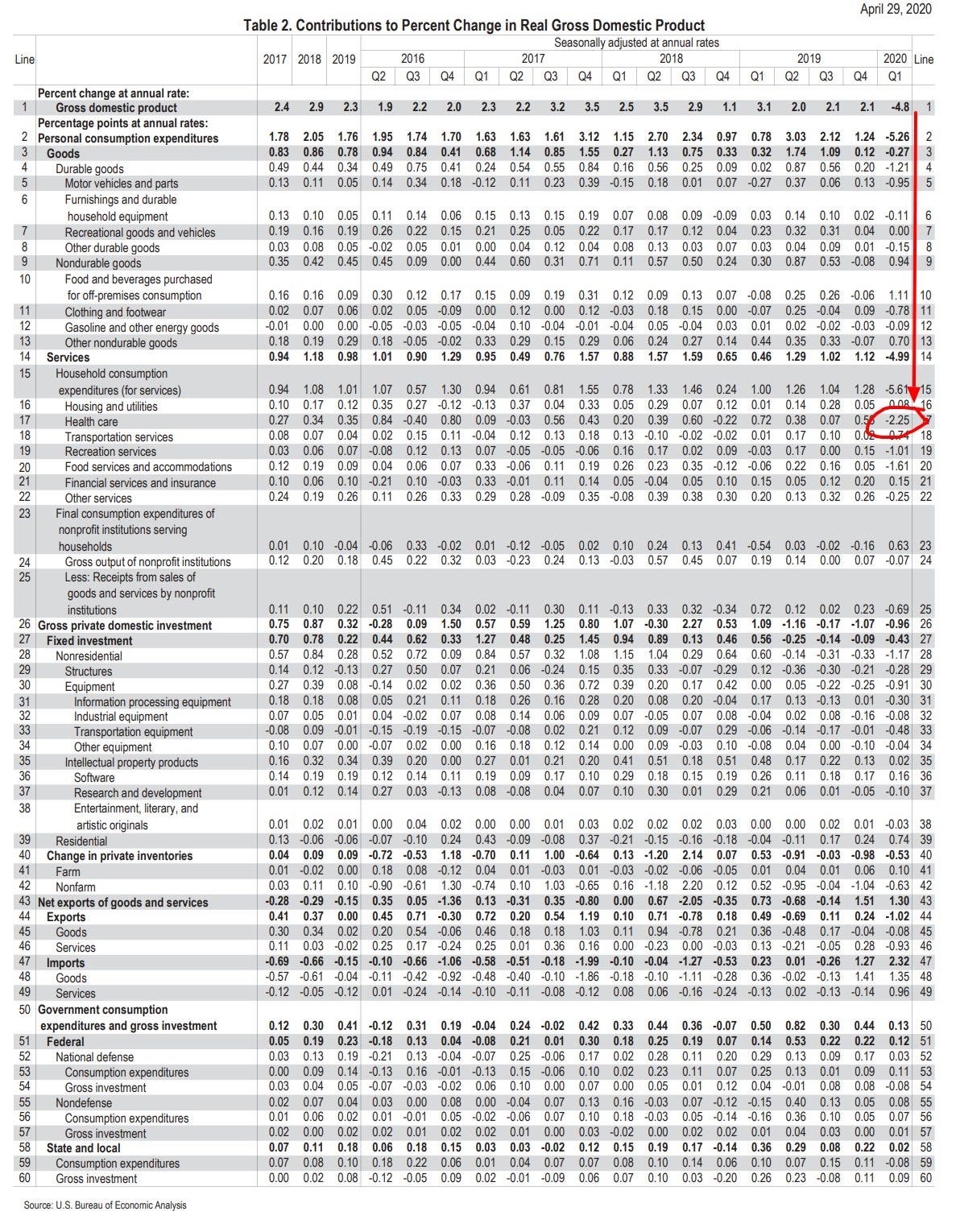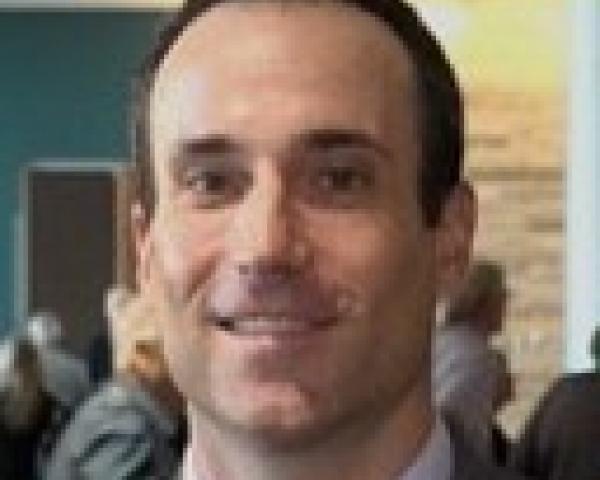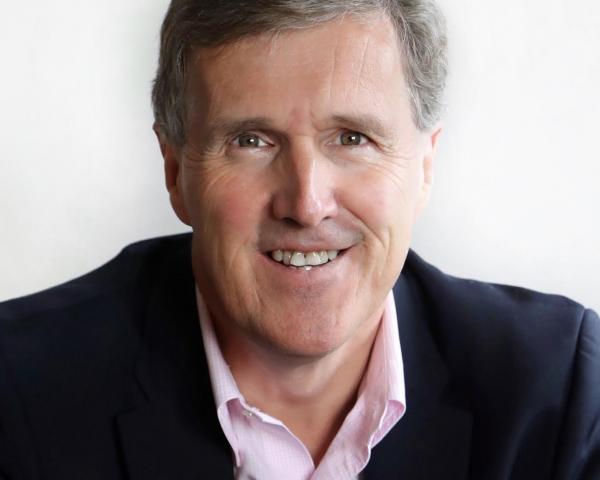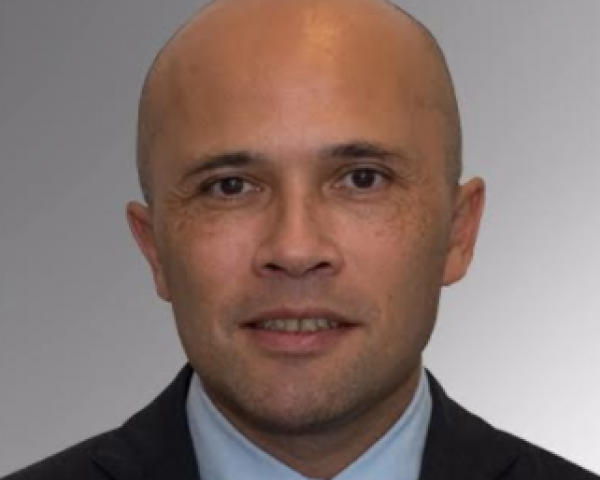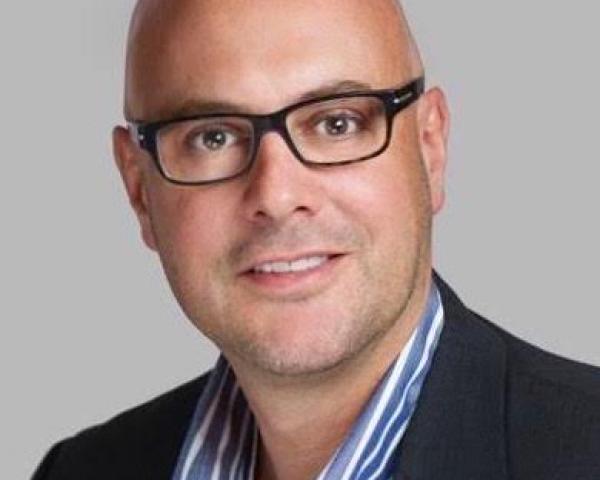In 1970, economist Milton Friedman published an idea that has driven capitalism for the last half-century: The only responsibility of a corporation is to generate profits for shareholders.
That sole focus has produced distortions that have made many, including senior executives, increasingly uncomfortable and has led to an alternative formulation known as "stakeholder capitalism." The new formulation tries to deliver for customers, employees, suppliers and communities, as well as shareholders. A recent survey of Fortune 500 CEOs finds that stakeholder capitalism has gained major momentum, and I heartily recommend that the insurance industry lean into the concept both during the pandemic--when so many stakeholders are desperate for help--and beyond.
The Business Roundtable ratified the movement with a Statement on the Purpose of a Corporation last August that was signed by 181 CEOs. (Progressive Corp. CEO Tricia Griffith was listed prominently among the signatories.) This week, Fortune magazine reports that a survey of Fortune 500 CEOs found that only 4% disagreed with the new emphasis on stakeholders, vs. just shareholders, and that almost half felt that the pandemic will accelerate the move to stakeholder capitalism. (18% said the pandemic would slow the move.)
Alan Murray, president and CEO at Fortune, wrote: "The current pandemic is likely to widen the rifts that have plagued Western society in recent years—between knowledge workers and manual workers, the well-educated and the less-well-educated, top tier cities and the rest. Businesses will need to play a bigger role in healing those rifts, or risk losing their operating licenses."
While Friedman's dictum helped break up the old boys networks that let many weak CEOs hang on as long as they looked the part and didn't ruffle feathers, the discipline inherent in his prescription dissipated for, it seems to me, two main reasons.
First is stock options. They should be the right way to encourage senior executives to focus on benefiting shareholders: Deliver a higher stock price and reap huge rewards. But options have devolved into a "heads I win, tails I win" situation for CEOs. If the stock climbs, senior executives win. But even if the stock drops, boards often find ways to issue another slug of options at a lower price in the name of retaining talent.
Besides, it's become clear that stock options can drive short-term thinking that actually harms a company. How hard is it to cut costs to make sure you hit your number for the quarter--and leave it to the next guy to cover for the R&D that didn't happen?
It's also become clear that, while some CEOs make a huge difference, much of what happens to the stock price is out of the senior team's control. You can be the greatest oil company CEO in the world at the moment, and you're still getting hammered. How can anyone make money when prices have sometimes dipped into negative territory, meaning you're having to pay customers to take your product off your hands? But try to do badly these days as the head of a grocery chain.
A massive research project by McKinsey found that 55% of a company's performance is out of its control in anything like the short term--that 55% stems from a company's "endowment" (its size, debt load and historical R&D) and from the trends in its industry and the geographies where it operates. Even the 45% that can be influenced likely doesn't deliver sustained results for years. So, lots of the variation in year-over-year results that drives bonuses is noise, not a reflection of long-term success.
The second cause of distortion is compensation consultants. Again, the practice was instituted with the best of intentions. Companies would figure out what others were paying senior executives, then decide roughly where an executive fit among his or her peers and arrive at a fair compensation package. But what are the odds that a compensation consultant would rank the CEO in the bottom quartile? Don't you fire someone ranked that low? What are the odds that a CEO would even find himself or herself in the quartile second from the bottom? Yes, the consultant reports to the board, but everyone still wants to make nice with the CEO. So, as in Lake Wobegon, all the CEOs are above average. That means they deserve to be paid more than the average, which raises the average, which means the CEO deserves more, which raises the average--and on and on until we get to today's wild disparities between CEOs and front-line workers.
Stakeholder capitalism will, of course, have its own problems. While everyone seems to be laser-focused these days on the customer and while suppliers will likely be treated fine (they have leverage and can go elsewhere if not treated well), companies will have more trouble seeing communities and, yes, employees as true stakeholders.
Employees would seem to absolutely be stakeholders. Every presentation I used to see as a reporter at the Wall Street Journal would include a slide (often, it was the first slide) claiming that the company had the best people and talking about them as the competitive advantage. But employees are a cost, a huge cost, and every fiber in an executive's being wants to cut costs. So, employees, as a group at least, are paid as little as the company can get away with. Yes, every company needs to be competitive, but competition among businesses tends to drive toward lower costs, not toward higher pay and benefits.
Communities will also be tough. Every company should want to be a good citizen in the communities where it operates, and most try hard to be, but there are limits to what's possible. Companies need to have the flexibility to move resources around quickly, even though the communities that lose the people or the facility may be hurt. And how much compassion could, say, Kodak, show to its longtime headquarters of Rochester, NY, while in the throes of bankruptcy? Communities will often be an afterthought.
But the efforts toward stakeholder capitalism seem to me to be an important attempt to fix the distortions that have developed during the past half-century, especially during the pandemic and especially for the insurance industry.
In the pandemic, people are in a world of hurt, and they're going to remember the companies that treated them well. Just look at the disdain that people still have for the financial services executives who paid themselves big bonuses during the Great Recession, more than a decade ago, while laying off tens of thousands of employees and letting customers' mortgages foreclose. I said that every grocery chain CEO is killing it these days, but... the CEO of Kroger is catching all kinds of heat for preparing to let a "hero bonus" of $2 an hour expire for in-store workers while being in line to collect millions of dollars by hitting profit goals. The long-term benefits of caring for customers, employers, suppliers and communities, as well as shareholders, could be the legacy of this devastating stretch.
The need for insurers to care for all stakeholders seems especially strong, because that's the ethos for the whole industry. We can either define ourselves as truly focused on wellbeing, or we can be seen as merely offering lip service.
After saying as much six weeks ago, in talking about the moral imperative for the industry, and then warning two weeks ago that the industry might be losing the PR battle, I'm happy to say that the opportunity seems to still be wide open to lean into the stakeholder capitalism concept. Insurers, like Progressive, can even claim a leadership role. I hope we will.
Stay safe.
P.S. Here is an article that talks about some specific topics that we all should be addressing now, to use our short-term efforts on the pandemic to set us up for long-term success; the insurance industry could play a major role. I'm more than a bit biased--the article is written by my longtime colleague Chunka Mui, based on some work he and I have been doing together for the past few years, and I even get name-checked in there a couple of times--but I commend it to your attention. It's very smart.










